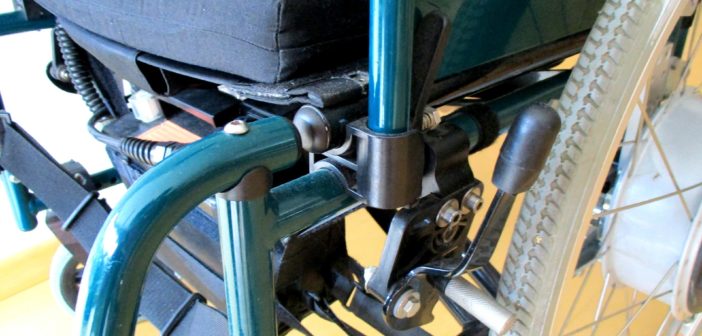Millions of people struggle with minor or severe disabilities. Some of these disabilities result in significant limitations related to daily activities, and they result in a loss of independence. For example, some individuals may not be able to move without the assistance of a wheelchair, and others may not be able to safely bathe or use the kitchen to prepare their own meals. The loss of dependence can be frustrating for a disabled individual, and this loss may also detract from the person’s quality of life. However, there are many improvements that you can make around the house that can improve the mobility, safety and independence of a person with a disability.
Create a Budget
Retrofitting or renovating your home in different ways so that it is suitable for a disabled person to live safely and comfortably may require a healthy home improvement budget. For example, you may need to install a wheelchair elevator so that the second floor is easily accessible. A bathtub may need to be removed in the bathroom so that a shower with a bench seat can be installed. These are only a few of the many projects that may be required and that can cost a small fortune. In most homes, multiple projects may need to be completed throughout the house, increasing the need for a healthy home improvement budget. Keep in mind that there are grants and assistance programs available for some types of improvements. You may also be able to take advantage of a tax deduction to reduce the financial impact of these improvements.
Understand Your Needs
You will then need to create a specific and detailed plan that lists the improvements that must be made to the home. These improvements will be based directly on the individual’s specific needs. For example, a blind person may need a telephone that alerts him or her who is calling. A deaf person may need a verbal or audible indicator when the fire alarm is triggered. Mobility throughout the home may need to be improved, and this may involve widening doorways so that a wheelchair can easily get through, installing ramps and more. It may be helpful to add items to your list of needs and challenges as you go about your day. This will ensure that your list is thorough and complete.
Explore Safe, Effective Solutions
When you have a detailed and comprehensive list of challenges in your home, you are ready to explore the many solutions available for addressing those challenges. Consider that wheelchair-bound individuals may need everything from light fixtures and cabinets to the thermostat and other features lowered throughout the home. In addition to widening doorways and installing ramps or lifts, new flooring may be beneficial if mobility is a concern. Some flooring surfaces are easier for a wheelchair to roll across than others. These are only a few of the safe, effective solutions that may be relevant to some challenges. Remember that structural changes may need to be made to the home, and there are also numerous features that can be added to the home for further benefit.
Hire a Contractor
As you have walked through these steps, you may have put together a lengthy list of items that need to be altered, removed or installed in the home in order to make it disability-friendly. Friends or family members of a disabled individual may be available to complete these tasks without cost, but not everyone has the time and skills necessary to tackle these various tasks. An alternative is to hire a contractor who has experience with these types of home improvements. An experienced contractor may even be able to make helpful suggestions that could further improve the home or save you money along the way.
Disabled individuals should be as independent, safe and mobile as possible in their own home. Many homes are not currently designed to accommodate most types of disabilities, so significant home improvements may be required. To improve your home in the most effective way possible, walk through each of these essential steps.




